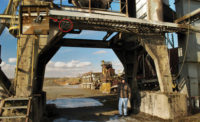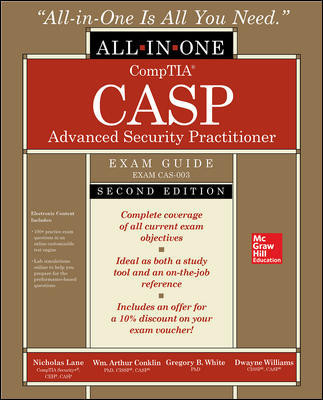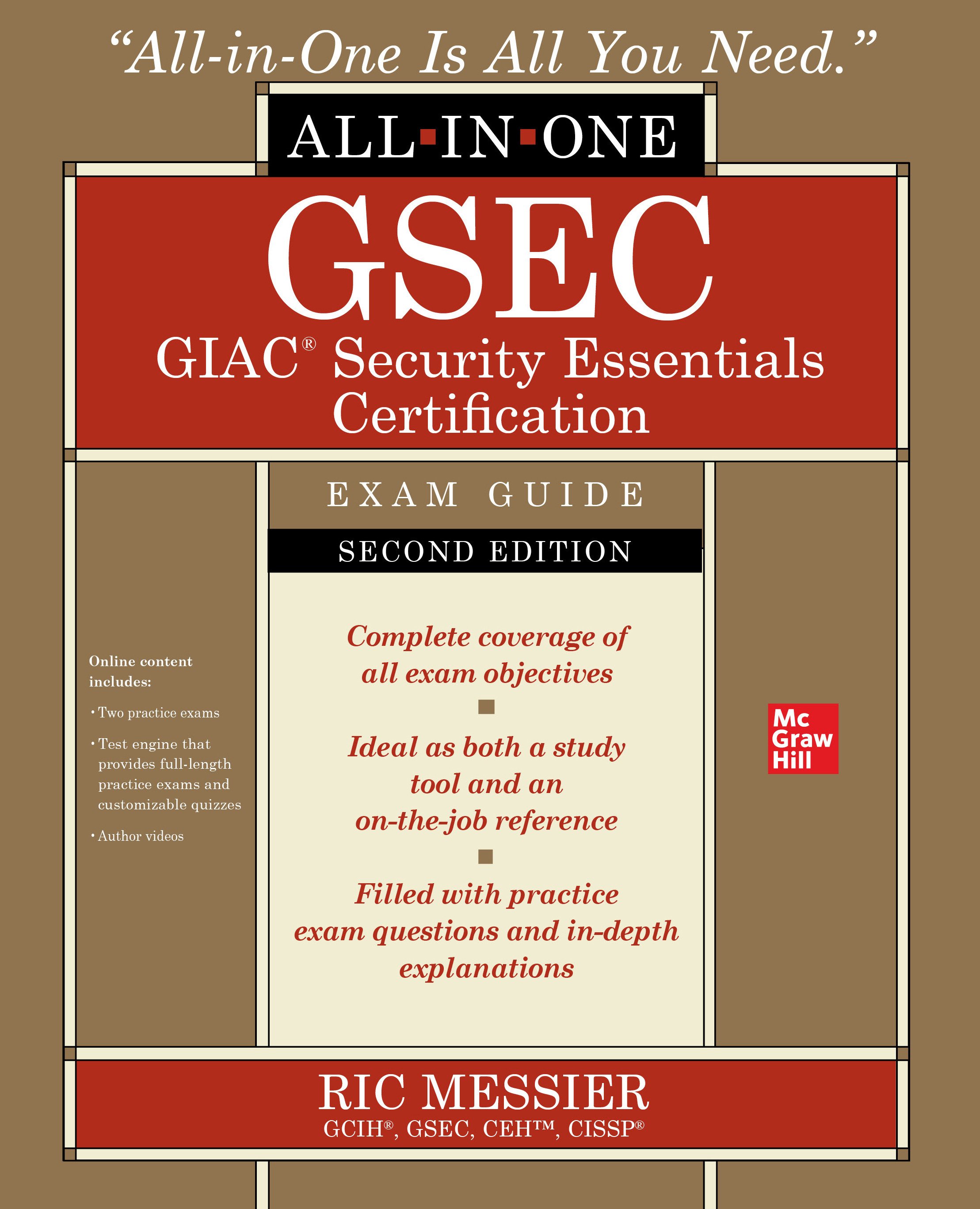Hawaii Releases Guide on Disaster Recovery

A new guide to disaster recovery in the face of climate change has been released by the Hawaiʻi Sea Grant College Program together with the Hawaiʻi Department of Land and Natural 12 Resources, Office of Planning, and Tetra Tech, Inc.
The developed statewide guidance documents and provides tools to improve resilience to coastal hazards with sea level rise and to support implementation of the recommendations of the Hawaiʻi Sea Level Rise Vulnerability and Adaptation Report (Hawaii Climate 15 Mitigation and Adaptation Commission 2017).
These statewide guidance documents and tools include:
- Hawaiʻi Sea Level Rise Viewer: An online interactive atlas supporting the Hawaiʻi Sea Level Rise Vulnerability and Adaptation Report, providing map data depicting projections of future hazard exposure and vulnerabilities due to rising sea levels.
- Guidance for Addressing Sea Level Rise in Community Planning: A guidance document and outreach to build capacity, particularly in county government, to address climate change, sea level rise, and coastal hazards through appropriate entry points in the comprehensive community planning process.
- Guidance for Disaster Recovery Preparedness in Hawai’i: This project works with state and county government to establish resilience-focused recovery practices before a disaster hits to enable communities recover quickly while also protecting sensitive coastal environments through a guidance document, model resources, and outreach.
While emergency responders plan for, practice and respond to save lives and restore critical infrastructure, little effort has been made to prepare for disaster recovery in a manner that improves community resilience over the long-term, says the guide.
County-level guidance and model resources include three potential outputs of disaster recovery preparedness:
- Disaster Recovery Ordinance: at a minimum can be used to mandate the establishment of a recovery management organization and preparation of a Disaster Recovery Framework,
- Disaster Recovery Framework: designed to guide recovery activities both pre-event and post event, explores options for restoration of critical community functions, services, vital resources, facilities, programs, and infrastructure, establishes a framework for engaging those that should or need to be involved, and guides pre-disaster preparation.
- Disaster Reconstruction Ordinance: outlines the decision-making protocols to expedite permitting for private property while at the same time explore opportunities to increase community resilience.
Looking for a reprint of this article?
From high-res PDFs to custom plaques, order your copy today!







